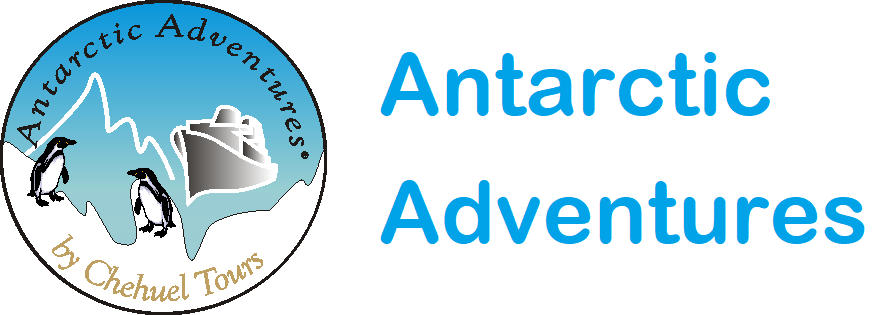Mountaineering in Antarctica

An exciting exploration in the Antarctic Wilderness
Looking to push yourself a little further on your Polar cruise? Want to travel further and see more than almost anybody else? Mountaineering cruises are the thing for you.
Do I have to be in really goog physical shape for mountaineering?
What’s the difference between mountaineering treks and regular snowshoe hikes?
How many mountaineering hikes will I get to go on?
Do I have to bring any mountaineering equipment?
We’re happy to supply you with:
- snowshoes
- crampons
- helmets
- harnesses
- ice axes
- screw-gate carabiners
- snap links
- mountaineering ropes
- tape slings
- prussic loops
- snow shovels
- bivouac bags
- Thermos bottles
- biodegradable human waste bags (it’s illegal to leave human waste behind in the Antarctic)
- basecamp voyagers also receive rubber boots suitable for Zodiac shore landings
Here is what you want to bring:
* Feet
- gaiters
- thin synthetic under-socks to prevent blisters
- synthetic / woolen thin / thick long socks
- ankle-high sturdy mountain boots that can be fitted to snowshoes and crampons
* Outer layer clothing
- down jacket o wind and waterproof breathable jacket with hood
- wind and waterproof pants/salopettes (ski pants)
* Thermal layer
- synthetic / wool fleece / pile jacket / pull-on
- synthetic/ wool fleece / pile pants / salopettes
- fleece jacket or vest
- Base layer (underwear)
- synthetic / wool thin top (long/short sleeves / zipped)
- synthetic / wool thin pants / long johns
- synthetic / wool balaclava and hat
- windproof cap with peak/ear protectors
- sun hat , headband, face mask, neck gaiter / scarf
* Hands
- ski / mountain gloves
- windproof over mitts
- synthetic / wool thermal mitts/finger gloves
- down mitts
- thin (base layer) synthetic / wool mitts/gloves
- mitts/gloves support (around neck)
* Eyes
- facial protection o sun glasses / glacier glasses with sides
- spare glasses / lenses
* Skin
- sun block, sun screen, fatty lip salve (no water)
* Hygiene
- toilet / hygiene kit : pee bottle (for camping and mountaineering), e.g. wide opening Nalgene bottle (there are special adaptor for ladies in outdoor shops available)
* Miscellaneous
- personal medication
- 25 ltr rucksack
- 1 ltr water bottle
- waterproof bag (for camera equipment)
- straps to tie snowshoes on backpack
- film and memory cards
- hiking / walking poles
- binoculars o head torch (flashlight)
Do not wear cotton clothing like t-shirts or jeans. Once they get wet from sweat or outside moisture they will stay wet which can increase chances of hypothermia in sub-zero weather.
